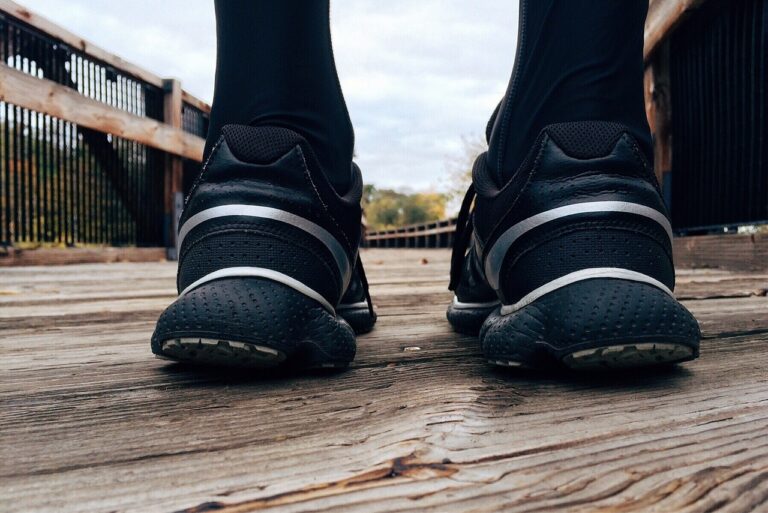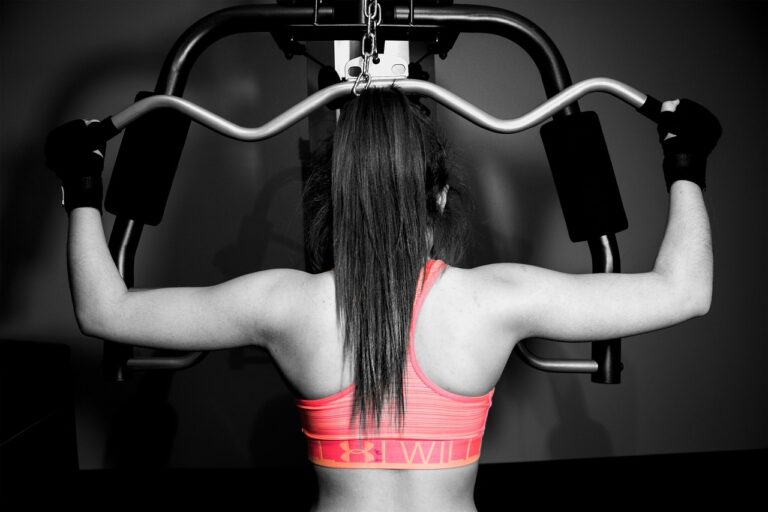The Role of Occupational Therapy in Pulmonary Rehabilitation: 11xplay reddy login password, King 567, Skyinplay live login
11xplay reddy login password, king 567, skyinplay live login: Occupational therapy plays a crucial role in pulmonary rehabilitation by helping patients improve their ability to carry out daily activities and enhancing their quality of life. This specialized form of therapy focuses on helping individuals with chronic lung diseases, such as COPD, asthma, and pulmonary fibrosis, develop the skills they need to manage their condition effectively and live independently.
1. What is Pulmonary Rehabilitation?
Pulmonary rehabilitation is a comprehensive program that combines exercise training, education, and counseling to help individuals with chronic lung diseases improve their physical, emotional, and social well-being. The goal of pulmonary rehabilitation is to reduce symptoms, improve exercise tolerance, and enhance overall quality of life.
2. The Role of Occupational Therapy in Pulmonary Rehabilitation
Occupational therapists play a vital role in pulmonary rehabilitation by addressing the functional limitations and barriers that patients with chronic lung diseases may face. They work with patients to develop personalized treatment plans to improve their ability to perform activities of daily living, such as bathing, dressing, and cooking.
3. Assessment and Treatment Planning
Occupational therapists conduct thorough assessments to identify the specific challenges and limitations faced by each patient. Based on the assessment findings, they work with patients to set goals and develop individualized treatment plans tailored to their unique needs and preferences.
4. Breathing Techniques and Energy Conservation
Occupational therapists teach patients effective breathing techniques to help them manage shortness of breath and improve their oxygenation levels. They also provide education on energy conservation strategies to help patients optimize their energy levels and reduce fatigue during daily activities.
5. Adaptive Equipment and Home Modifications
Occupational therapists recommend and provide training on using adaptive equipment, such as oxygen therapy devices, mobility aids, and assistive devices, to help patients perform daily tasks more independently. They also suggest home modifications to create a safe and supportive environment for patients with chronic lung diseases.
6. Lifestyle Modification and Self-Management
Occupational therapists educate patients on lifestyle modifications, such as smoking cessation, healthy eating, and stress management, to improve their overall health and well-being. They also teach self-management techniques to help patients monitor their symptoms, adhere to treatment plans, and effectively cope with their condition.
7. Pulmonary Rehabilitation Team Collaboration
Occupational therapists collaborate closely with other healthcare professionals, such as physical therapists, respiratory therapists, and physicians, to ensure comprehensive and coordinated care for patients in pulmonary rehabilitation programs. They work together to maximize patient outcomes and enhance their overall quality of life.
8. Patient Education and Support
Occupational therapists provide patients with the knowledge and skills they need to manage their chronic lung disease effectively and make informed decisions about their care. They offer emotional support, encouragement, and motivation to help patients stay engaged in their rehabilitation journey and achieve their goals.
9. Frequently Asked Questions (FAQs)
Q: How long does pulmonary rehabilitation typically last?
A: Pulmonary rehabilitation programs usually last for 6 to 12 weeks, with sessions held 2 to 3 times per week. The duration of the program may vary depending on the individual needs and progress of each patient.
Q: Is pulmonary rehabilitation covered by insurance?
A: Many insurance plans, including Medicare and Medicaid, cover pulmonary rehabilitation services for patients with chronic lung diseases. It is recommended to check with your insurance provider for specific coverage details.
Q: Can I continue pulmonary rehabilitation at home?
A: Occupational therapists can provide patients with strategies and exercises to continue their rehabilitation at home. However, ongoing supervision and support from healthcare professionals may be needed to ensure continued progress and success.
In conclusion, occupational therapy plays a pivotal role in pulmonary rehabilitation by helping patients with chronic lung diseases improve their functional abilities, manage their symptoms, and enhance their overall quality of life. By working closely with patients to address their unique needs and goals, occupational therapists empower individuals to live more independently and confidently despite their respiratory challenges.







